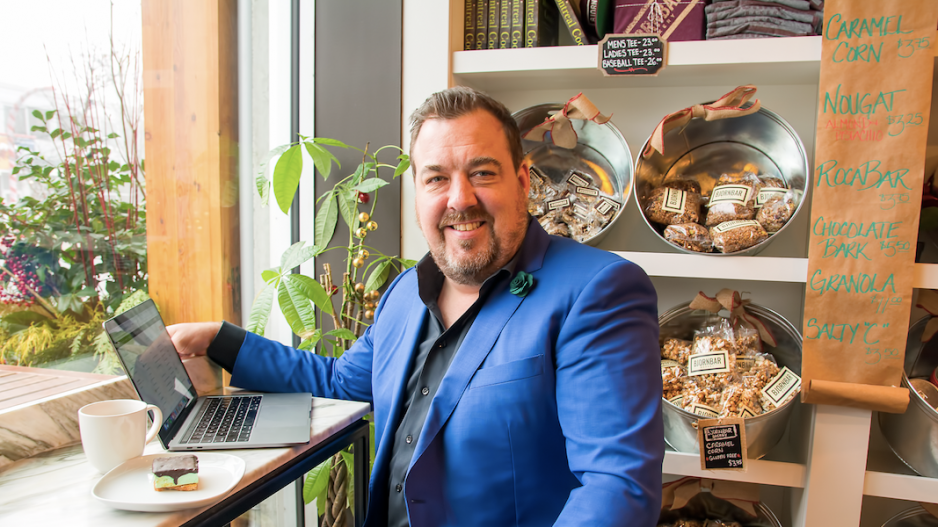The evolution of artificial intelligence (AI), or machine learning, is changing the role of media and digital agencies and what they look for when hiring new recruits.
Reliance on automated systems to perform work previously done by humans has been increasing for decades.
Automated chatbots, which enable web surfers to communicate with brands and get immediate responses, became common early this century, and technology companies have carved out niches within the sector. Vancouver’s Finn.ai, for example, provides automated chatbots for the banking sector.
Even small businesses are now able to have simple chatbots attached to their Facebook (Nasdaq:FB) page. Customers at North Vancouver’s BjornBar Bakery, for instance, can send a message and get an immediate response.
Businesses often contract media and digital agencies to arrange for a wide swath of marketing strategies, with chatbots, which are used by existing customers, being a small part of that package.
The agencies’ prime role is often to get a client’s brands in front of potential customers. This has led agencies to rely on global platforms such as Alphabet Inc. (Nasdaq:GOOG) subsidiary Google, Facebook Inc. and Twitter Inc. (NYSE:TWTR) for help.
Google’s ability to use automated systems to deliver advertising based on user demographics and past search histories has also been around for a long time.
But Google is increasingly automating the selection of demographics for target customers in advertising campaigns.
“On November 1, Google eliminated all of the levers that we used to have to pull to target customers,” said 6S Marketing president Chris Breikss. “It went full AI.”
Google’s previous processes required 6S Marketing staff to use drop-down menus and manually check boxes to instruct Google’s algorithms to target demographic groups.
Google now uses automated systems to determine which demographics are most interested in a product.
In the process, it might uncover profitable niches not previously known to clients as potential customers.
Here is one example.
After Vancouver realtor Merideth Schutter was attacked at an open house, she founded PROtect. The company created an app that allows users to have a circle of “protectors,” who are alerted when he or she is in a situation requiring extra security.
While the app was designed with real estate agents in mind, it could also be used by people who use online dating sites to meet their dates or by for hikers on unfamiliar trails.
“What we care about and what the client cares about is getting users who are going to spend money on the app, and to get as many of them as possible for the lowest possible price,” said Breikss, who counts PROtect as a client.
He now provides images and marketing material for campaigns where advertising populates web pages on browsers or social media feeds based on user demographics.
He said Google will likely soon come up with images and text for campaigns as well.
“Machine learning and AI can already compose music,” he said.
6S Marketing employees spend considerable time now determining what advertising is successful and what is not.
Breikss expects campaign optimization and advertising content testing will eventually be automated, thereby changing the role of his agency.
“The agency is still required and is potentially required more now than ever before, but some of the tasks that are labour intensive, like building lists of keywords that people might use when they are searching for a company – a computer can do that,” he said.
“What we will need is more data analysts or scientists or people who can configure these technologies in a way that is optimal.” •




